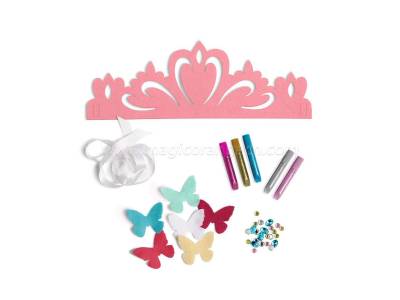Keywords: Creative Toys, Christmas Decoration, Printing, Packing, Seasonal Gift, ECO-friendly
- +86 574 8735 2935
- market@magicorangecn.com
Keywords: Creative Toys, Christmas Decoration, Printing, Packing, Seasonal Gift, ECO-friendly
Children's Toys can be a great way to initiate play and support your child's development.
The best toys for children are "open-ended". These are toys that your child can use in many different ways. They encourage your child to use imagination, creativity and problem-solving skills.

Children's Toys
Blocks - Your child can use blocks to stack and build, make make-believe and more.
Balls - they are great for bouncing, watching, rolling, holding and throwing
Cardboard boxes - Your child can pretend these boxes are store counters, ovens, cars, boats, dollhouses, and more.
Dress up - with some handed down clothes and rags, your child can turn into anything or anyone
Crafts - Kids can get creative with colored paper, stickers, Color Water Pen and washable markers.
Collectibles - Your child can collect buttons, beads or coins and sort them by color, pattern, size or shape.
Many toys have information about age ranges on their packaging. This can be useful, but it is only a play guide. Consider your child's interests and stage of development to give you a better idea of what to choose.
However, age range information is important for safety, for example, when a toy contains small parts that a baby might swallow. In this case, it is wise to follow the recommended age range information.
For infants, play is about interaction with you or other caregivers or family members. Your baby will be happy to look at your face, listen to your voice, and simply be with you. Even play activities like looking at a brightly colored cell phone, listening to a wind-up musical toy, and learning to reach for a rattle are more fun when you and your baby are playing with Parent-Child Toys together.
Toddlers enjoy playing with boxes, blocks, pegs, buckets and containers, and clothes for dress-up. Toddlers also enjoy simple musical instruments that can be shaken and banged, such as drums made from upside-down pots and pans and wooden spoons.
Older children tend to enjoy problem solving and using their imagination. Puzzles or games that encourage children to play with others are also good choices.
You are the one who decides what toys are okay for your child to play with in the home.
If you have strong feelings about certain toys, talk to your child about them. You can mention your family values. For example, "Guns can make people feel scared and hurt. No one in our family has a gun."
However, focusing too much on toys-such as banning them or refusing to buy them-can actually make your child want them more.
It may be better to try to relate your family values to the way your child plays with and uses toys in his or her daily life.
Whatever family values you decide to share with your child, it's a good idea to be consistent. For example, children may be confused if they are allowed to watch violent TV shows or play violent video games, but not allowed to play with toy guns.
If you don't want other adults to give certain toys to your child as gifts, just simply and calmly explain how you feel. In the end, it's your decision.

Copyright © Ningbo Magic Orange Arts & Crafts Co., Ltd. All Rights Reserved | Sitemap Technical Support: 